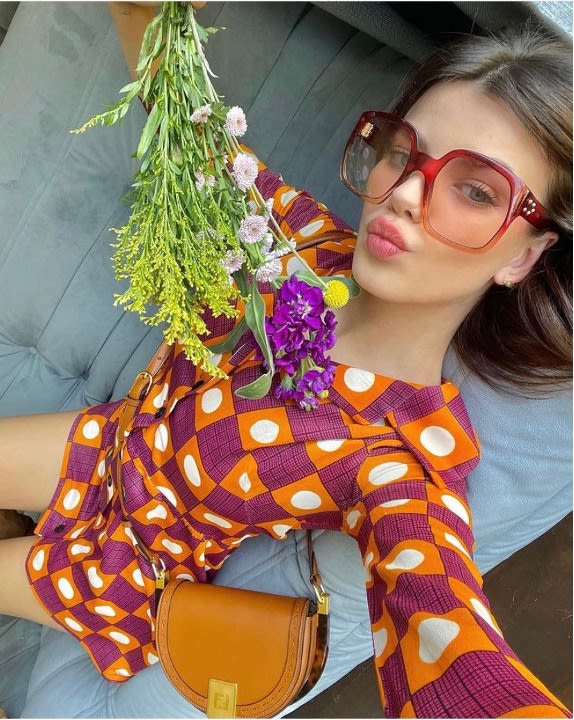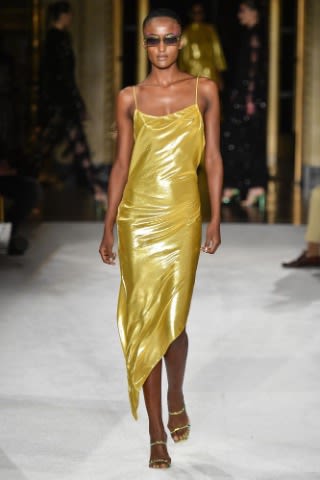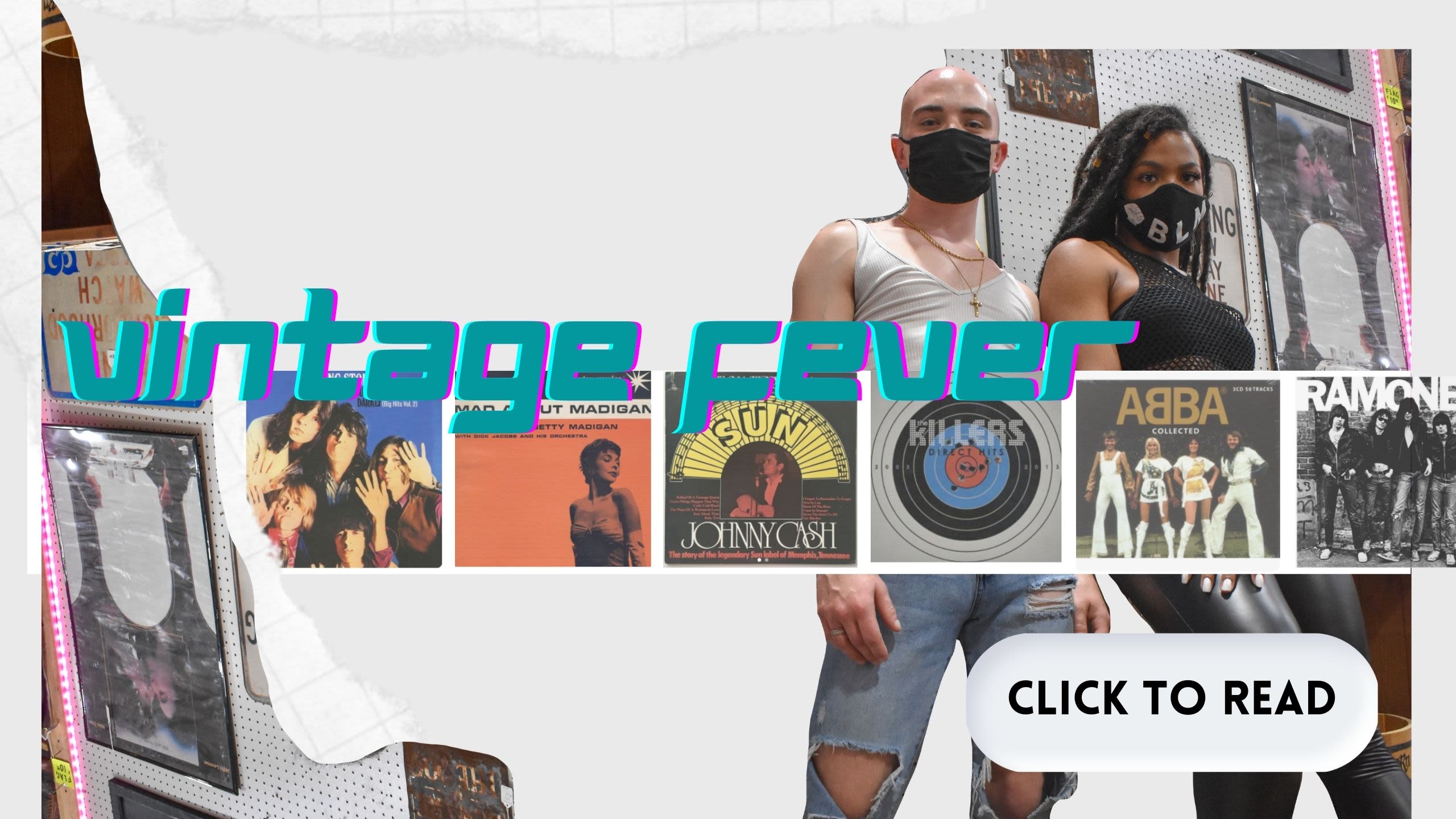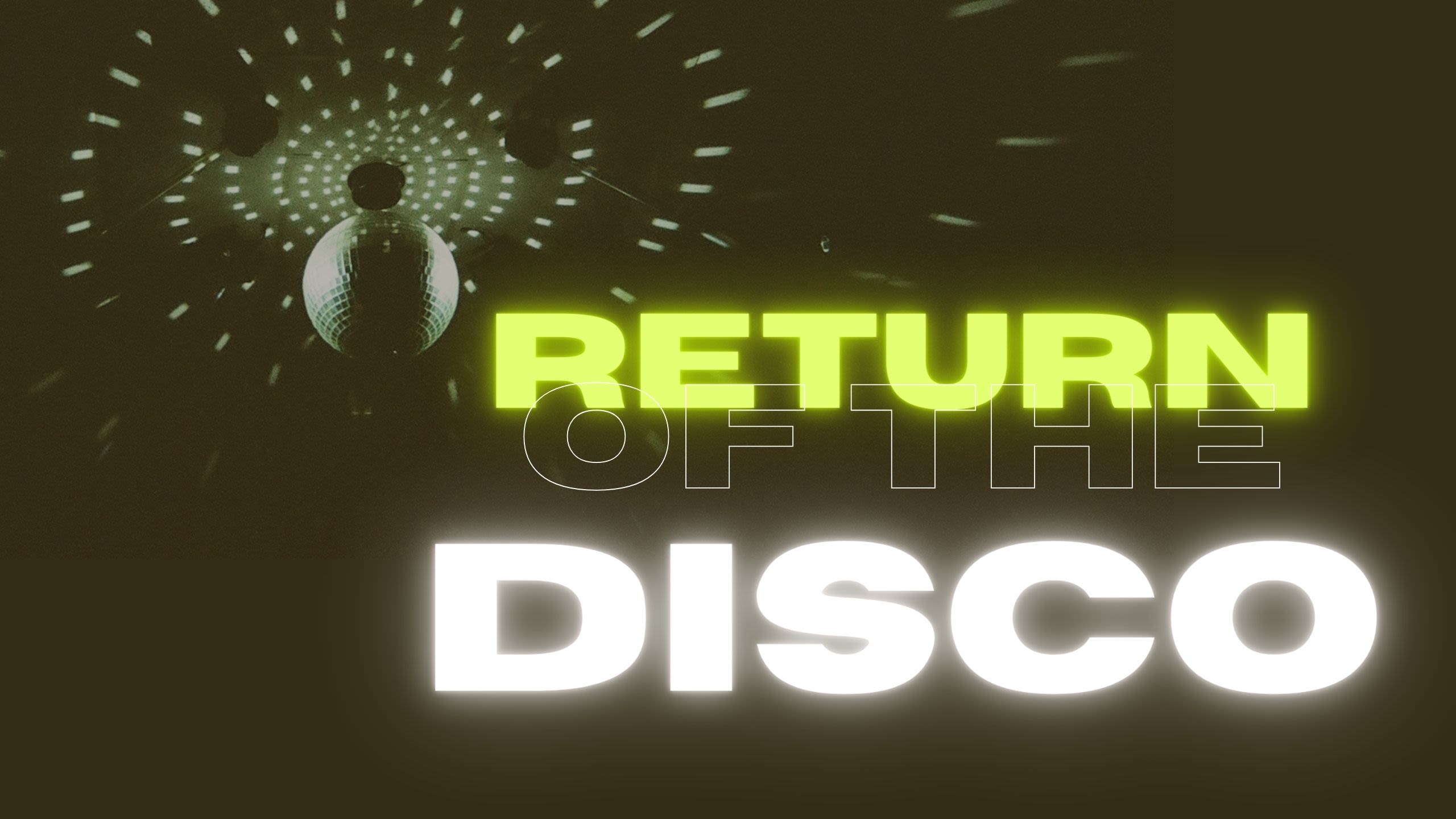
Written by: Sarah Crispi
Photography: McKenna Weil
Models: Myah McNair & Brayden Raqueno
*All photos were taken at Rollerland West, a local Fort Worth roller rink.
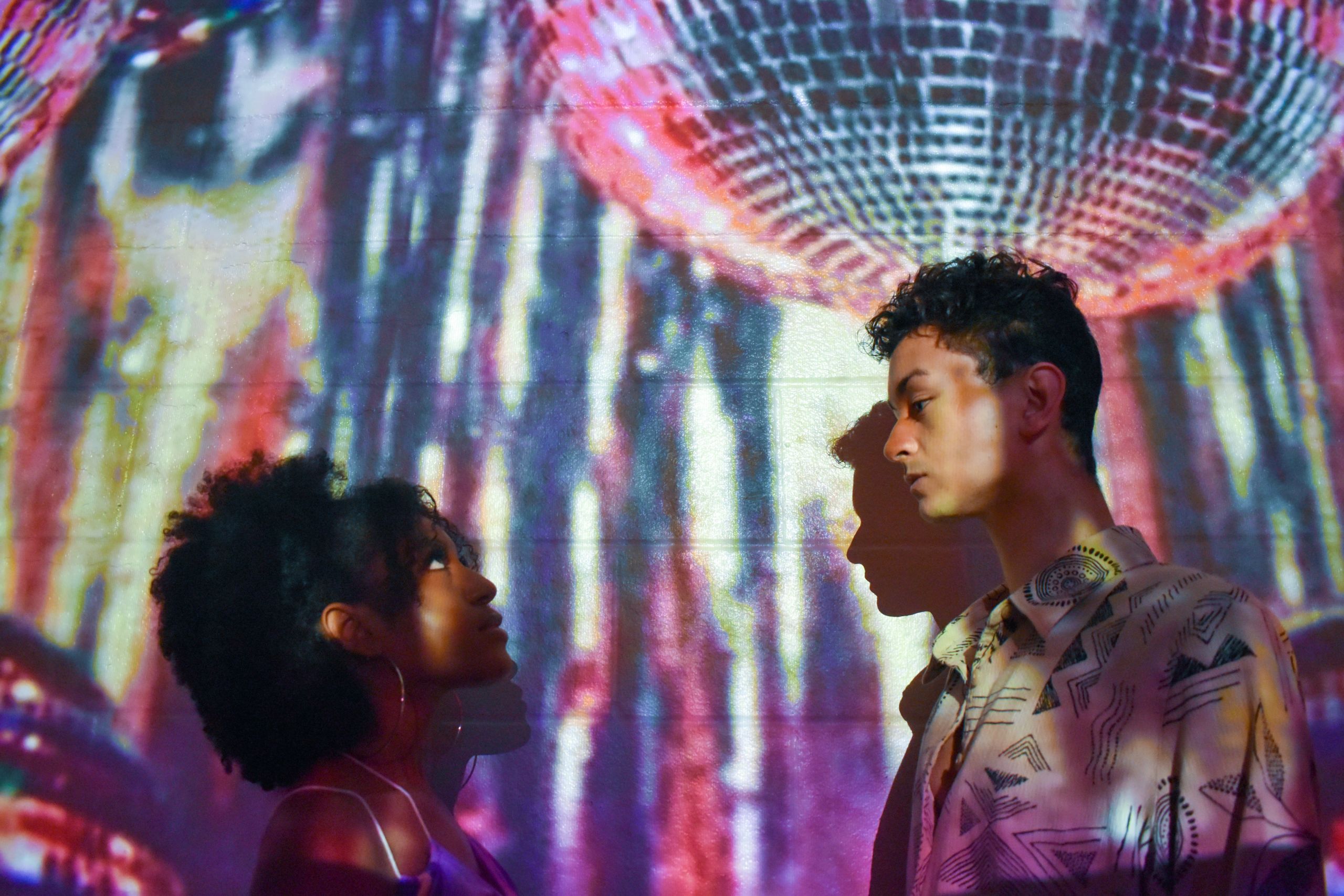
At its peak, 1970s fashion was all things denim, tall boots, big hair and satin slip dresses. Arguably one of the most stylish and influential fashion eras of all time, high fashion designers and style icons of all types keep coming back to this decade.
The '70s was a time of liberation and an era of new movements. The continuation of the women’s rights and equal rights movements and the birth of the LGBTQ+ social movement all occurred in this decade.
Although the ‘70s can seem like a lifetime ago, the last few years are feeling more like the decade than ever before.
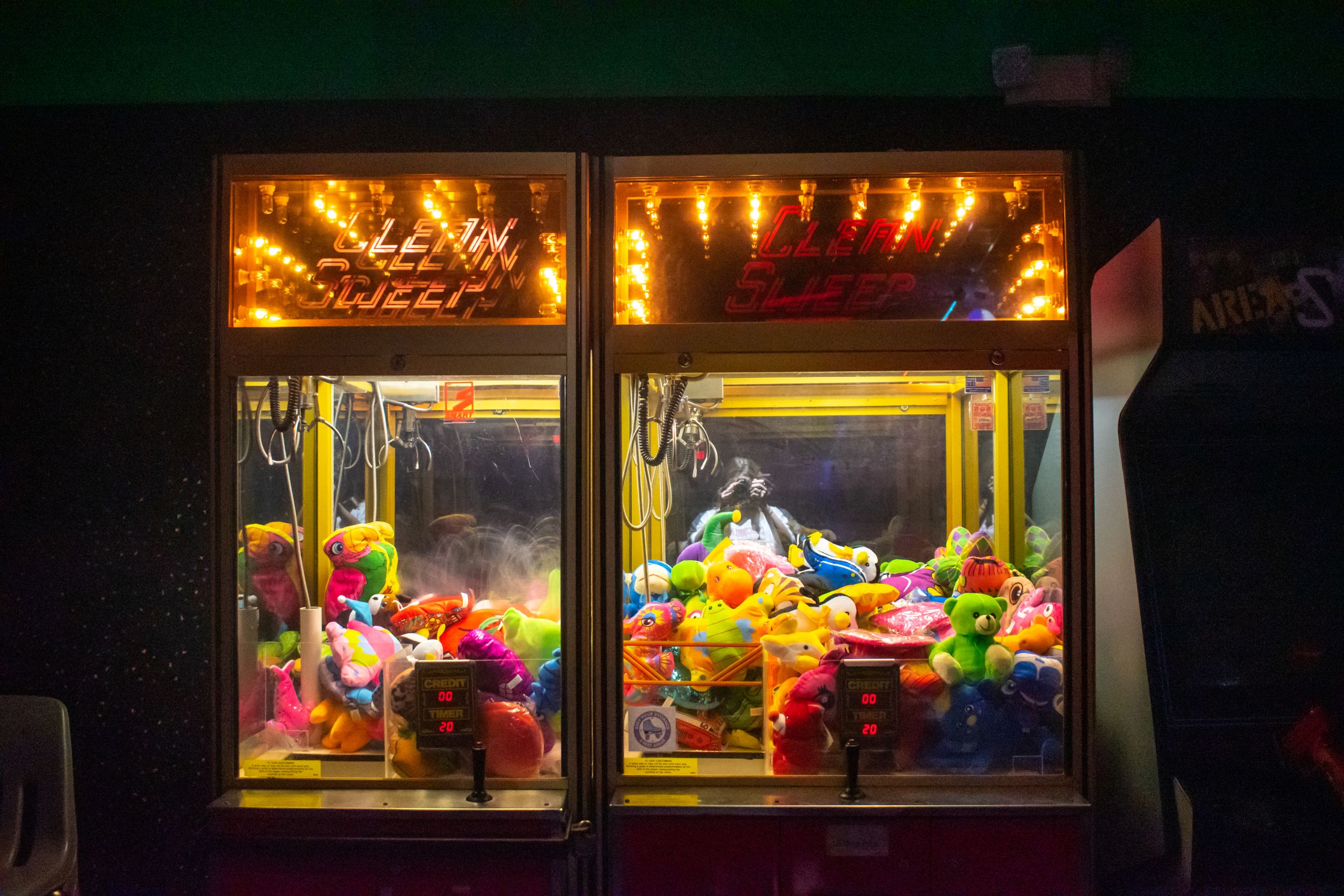
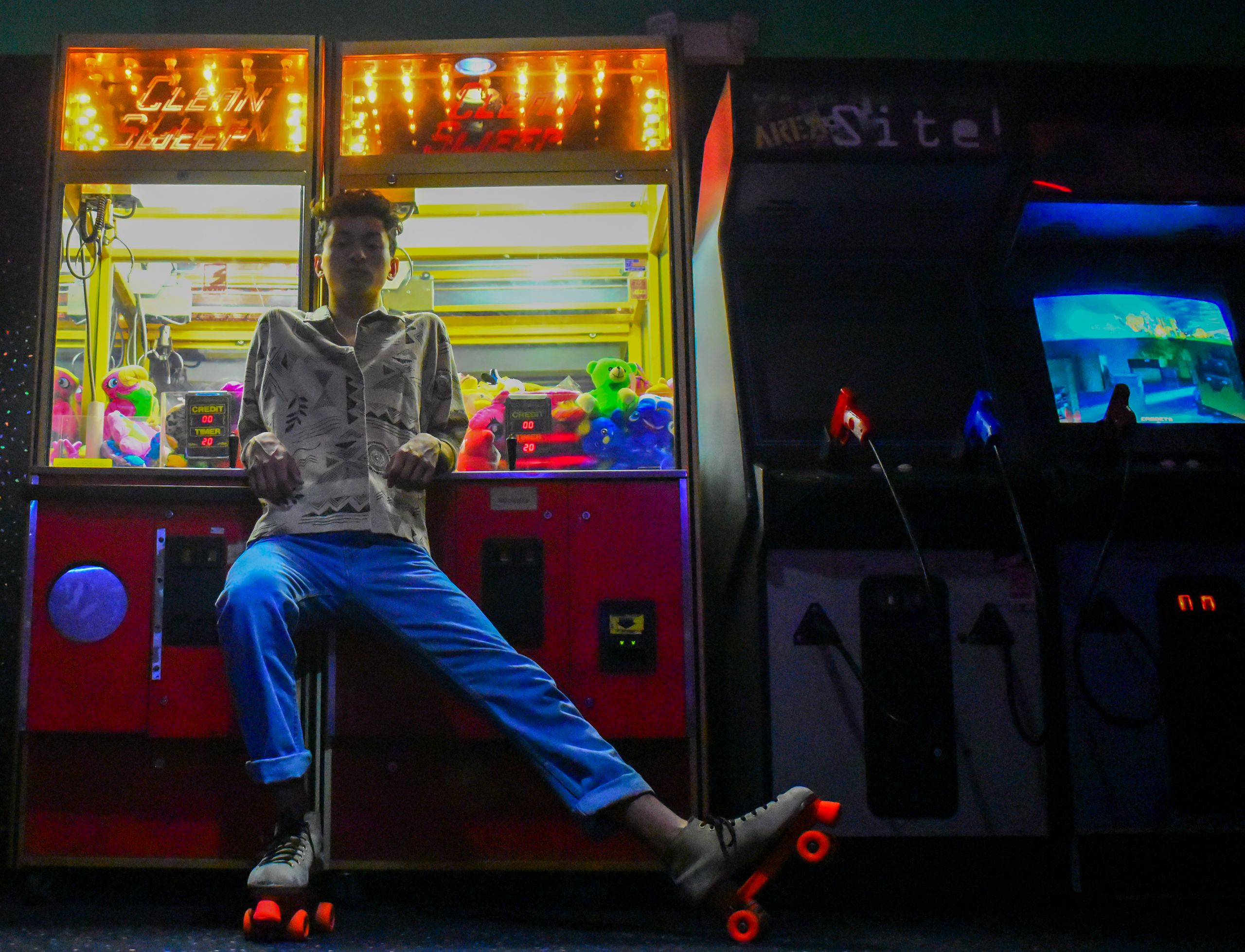
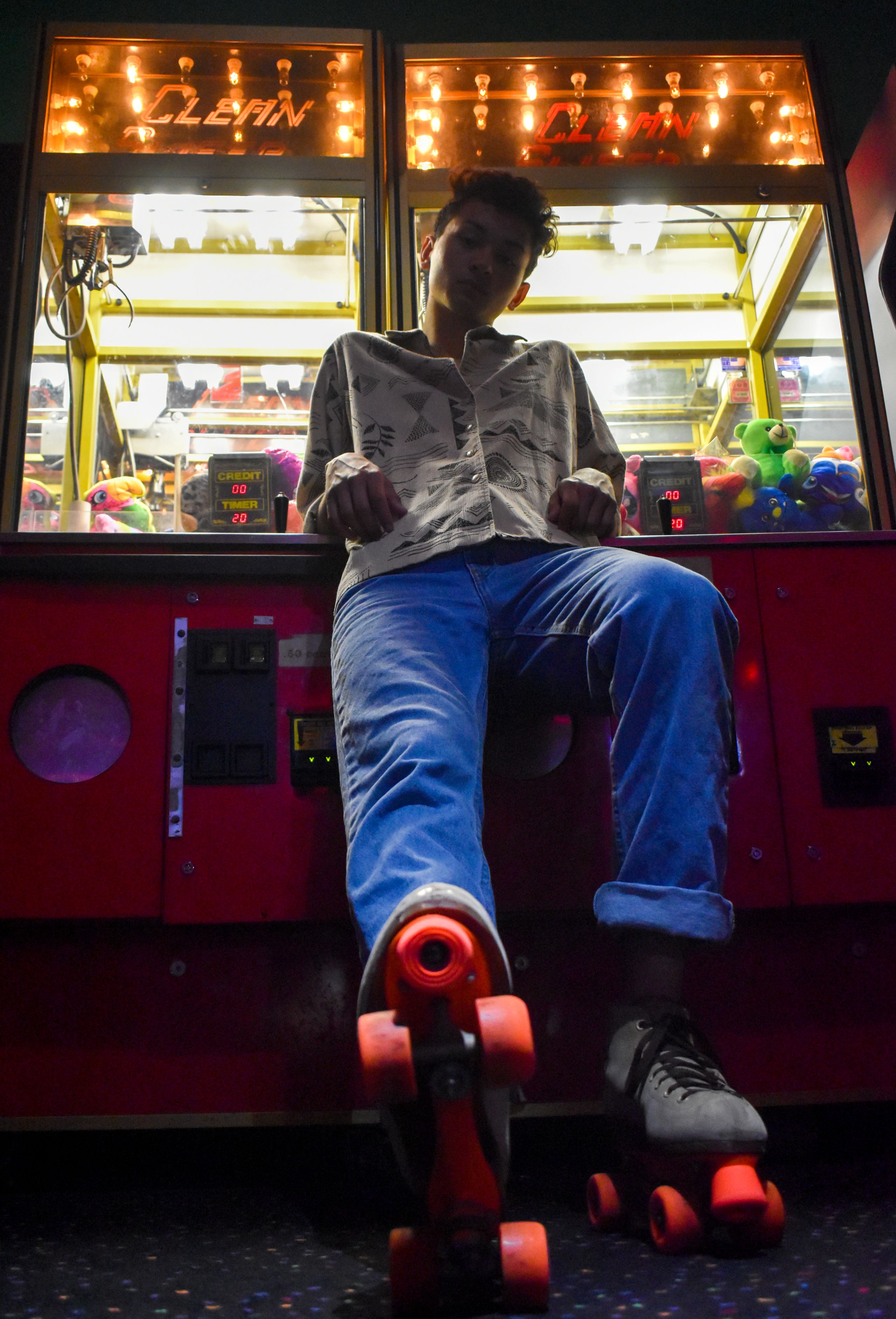
The recent rebirth of the Black Lives Matter movement coupled with continued women’s rights and LGBTQ+ rights movements have urged a look back to the past, not only in equal rights amendments but also in fashion.
“The 1970’s women’s rights and the recent MeToo movement have had similar influence on dress," said Stephanie Bailey, TCU fashion Merchandising professor. "Finally, there is an economic comparison from the economic downturn due to the fuel crisis in the 1970’s, [which] can be compared to the recent economic downturn because of the pandemic.”
In the '70s, the skirts got shorter and the boots got taller. Bold printed tops and denim pants for both men and women were popular.
Both women and men’s clothing shared similar prints, colors and silhouettes. This was, in effect, because of the gender-neutral thoughts of society at the time and the desire for men and women to be seen as equals.
“The reason we study historic fashion is because fashion is cyclical," said Bailey. "The reason it is cyclical is because external influences are also cyclical. The technological advancements have increased the speed in the cycle of fashion.”
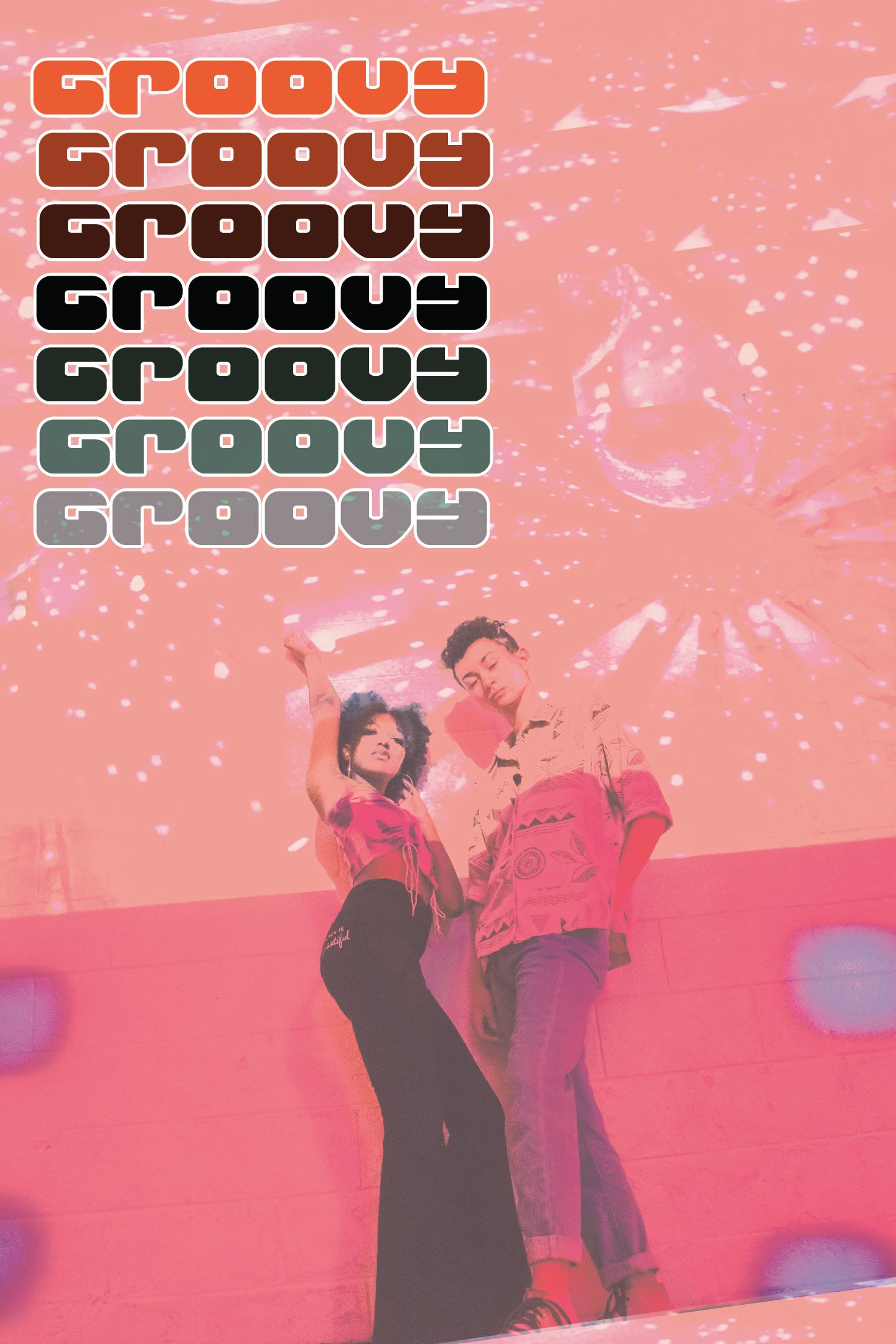
Last year, the return of Y2K trends were popular among young people. Social media saw many posts featuring tiny colored glasses, low-rise jeans and butterfly clips.
Summer of 2021 is bringing back halter tops, low back dresses, flare pants and big sunglasses.
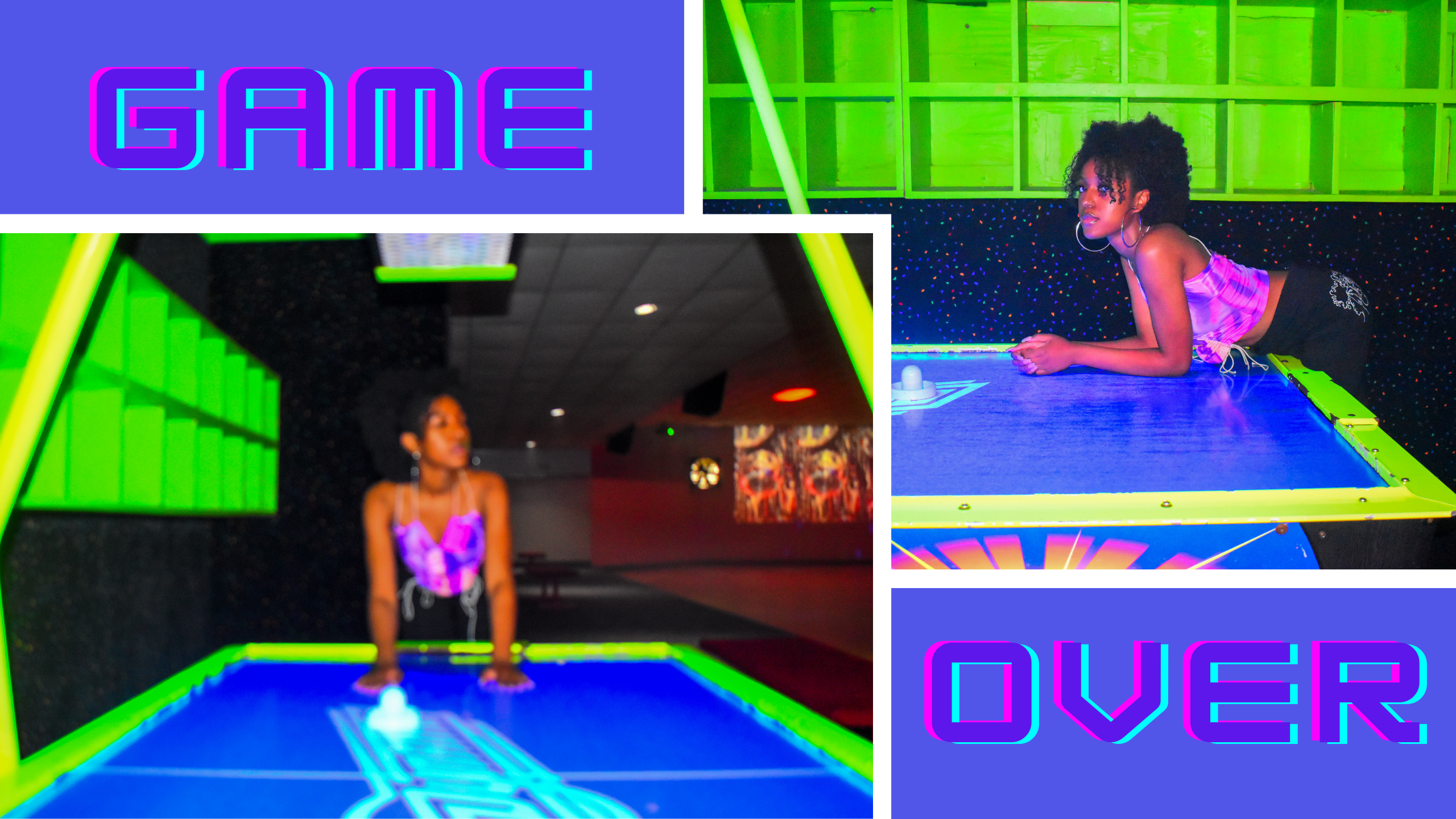
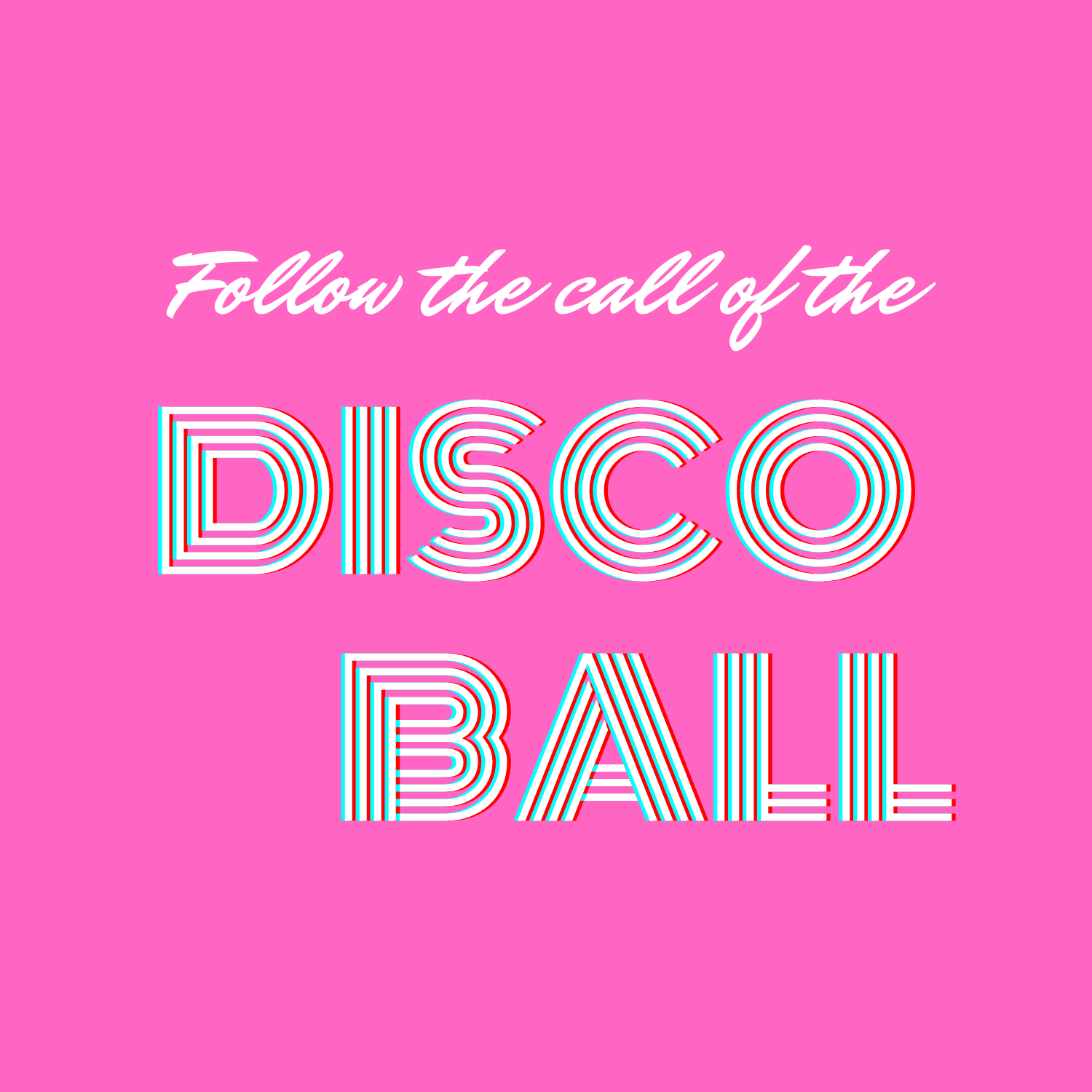
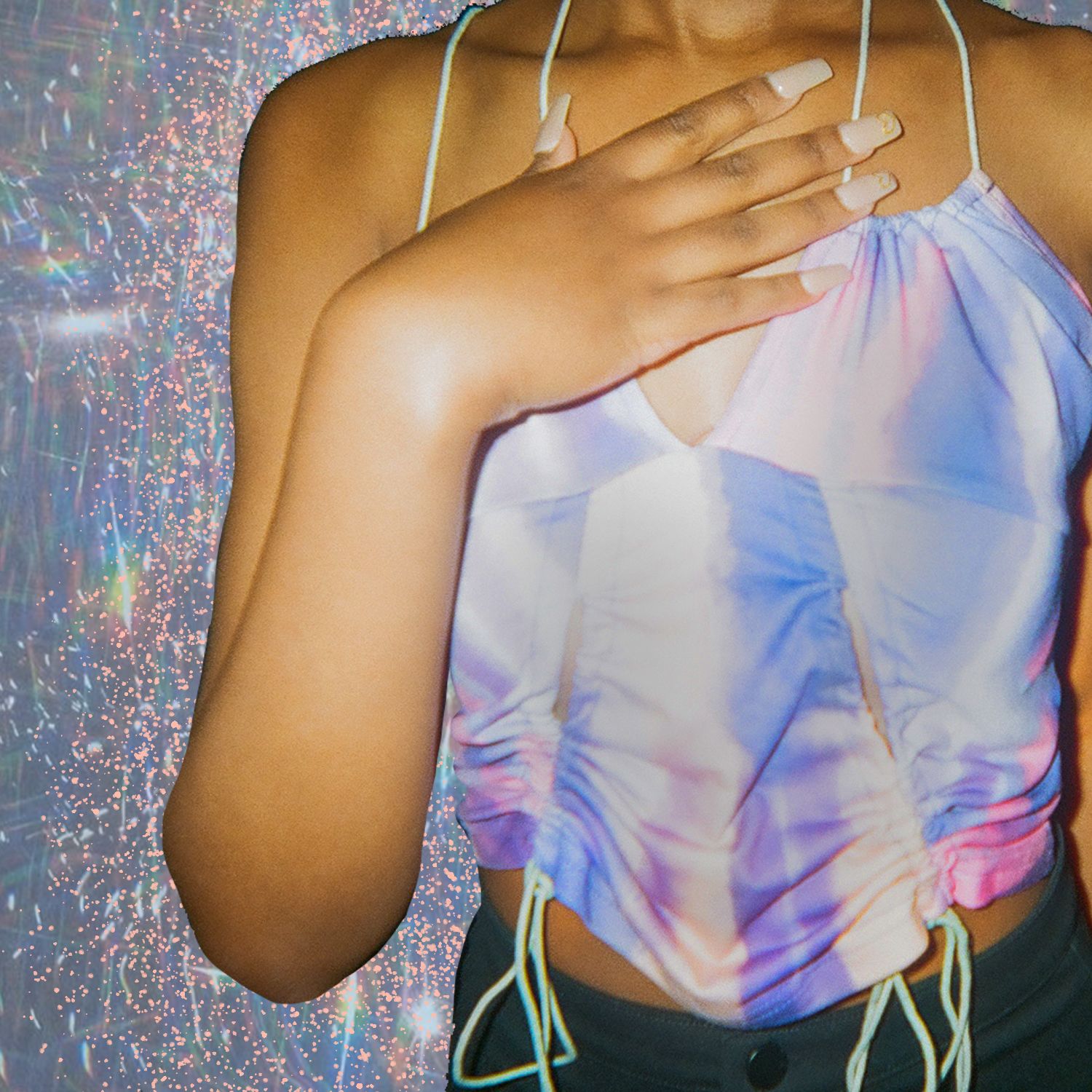
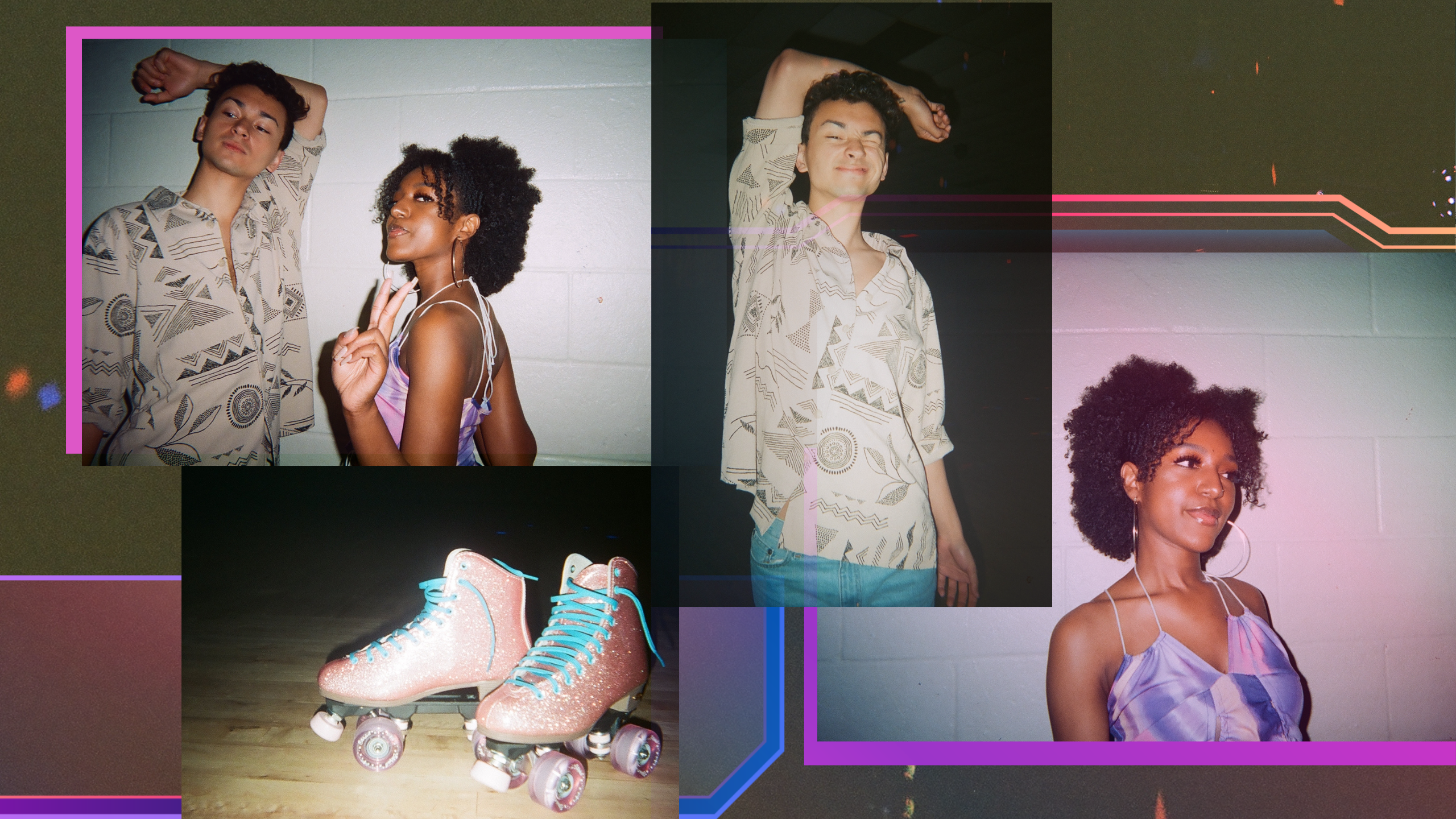
Big sunglasses are back, and the bigger, the better. A personal favorite from this ‘70s trend has been yellow tinted sunglasses, like the Fendi sunglasses.
“Adding a bold pair of sunglasses can elevate any summer outfit. I also love to wear a pop of color such as orange and yellow this time of year,” said Aryanna Ferdinandi, a sophomore business major at TCU.
These glasses with flair jeans, a halter top dress or disco pants completes the ‘70s look.
The '70s were a decade of fashion that went braless. In the late ‘60s, not wearing a bra was a political statement against society forcing women to be feminine. In the ‘70s, it turned into a fashion statement. A bra did not work well with low neckline halter tops or deep back dresses.
“I love to pair my halter tops with a pair of flared jeans,” said TCU first year fashion major Emma Dillon.
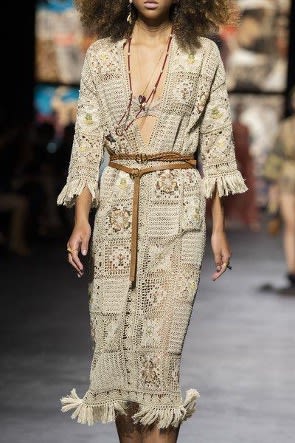
Another ‘70s hit was crochet dresses. With the pandemic mandating a stay-home order for most of 2020, crocheting is back and not just as a hobby; Christian Dior debuted a crochet dress on the runway during Paris Fashion Week 2021.
While crochet dresses make a statement, the satin slip dress was a more glamorous ‘70s trend. Slip dresses are delicate and chic - perfect for a night out to a fancy dinner or a fabulous party with friends. Christian Siriano showed a shimmery yellow satin slip dress in his Spring 2020 fashion show.
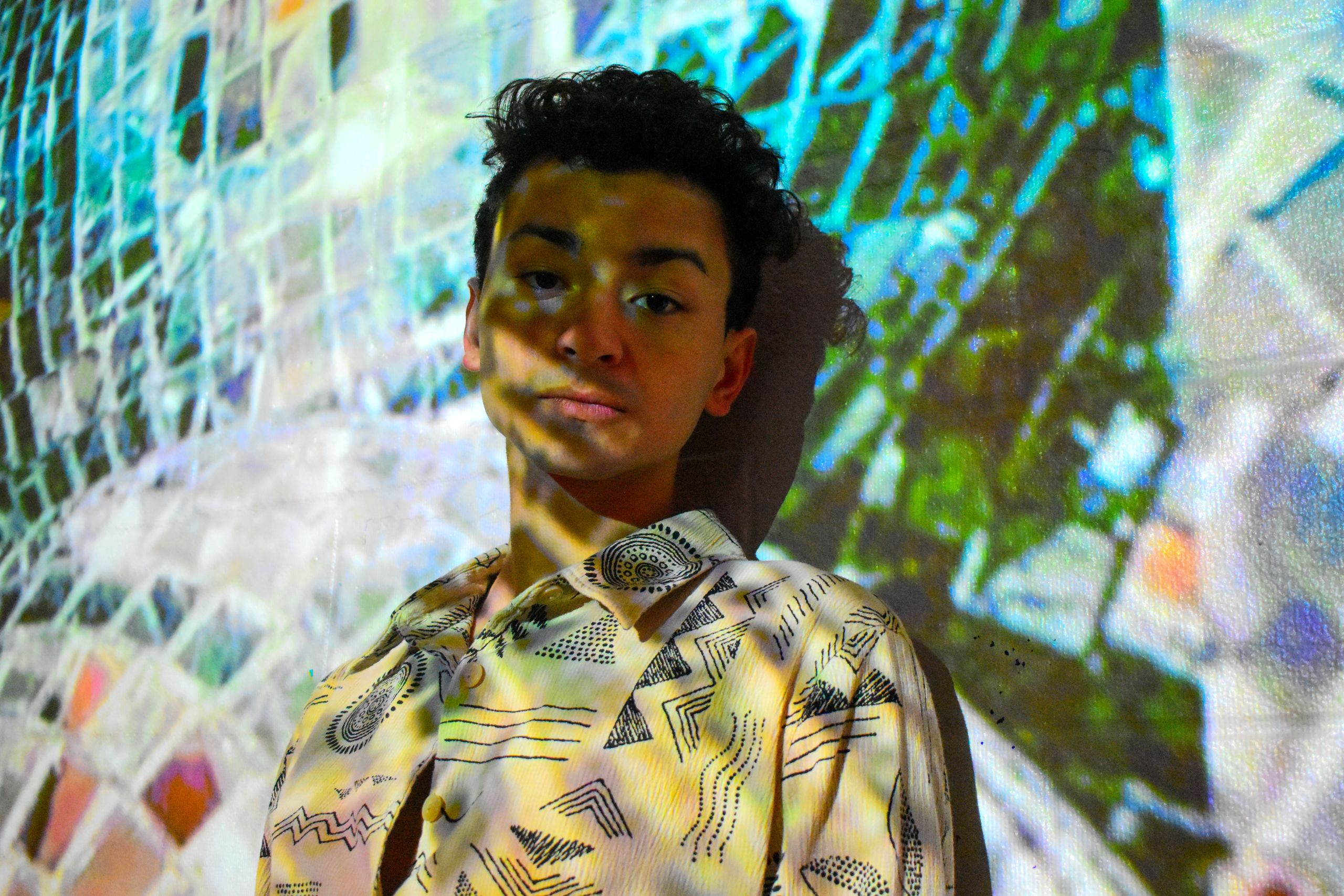
These '70s trends have made a second debut in the past couple of years. But they will continue to cycle in and out of style as fashion trends follow the social atmosphere of the time.
“Fashion cycles are like a pendulum, it swings to one extreme and then has to travel to the other side. It keeps things interesting,” said TCU fashion merchandising professor Shweta Reddy.

